Nwijo(뉘조)
571.7M 2024-12-11
27, Insadong 14-gil, Jongno-gu, Seoul
+82-2-730-9311
Nwijo (뉘조) is a Korean restaurant specializing in wild vegetable cuisine. The name ‘Nwijo’ means ‘the god of the silkworm,’ and likens wild vegetables to silkworms in that both can be eaten in their entirety. The restaurant serves original full-course Korean meals that are prepared using hundreds of kinds of wild vegetables, including special seasonal vegetables.
A typical full-course meal starts with delicious pumpkin porridge, followed by seasoned wild vegetables, root vegetable ssam (condiments wrapped in vegetable leaves), slices of boiled meat, and steamed lotus leaf-wrapped rice served with jjigae (Korean stew) and various side dishes. This kind of traditional feast is pleasing to both the eye and the palate and is topped off with sikhye (traditional sweet rice drink). Lunch specials are also available.
Yangmiok (양미옥)
574.1M 2020-01-06
62, Chungmu-ro, Jung-gu, Seoul
+82-2-2275-8838
Yangmiok takes pride in serving customers dishes prepared with only the finest ingredients. A special sauce made with soy sauce, sugar, chili powder, sesame oil, garlic, and ginger is served with beef dishes upon request.
Magasins des produits électriques de Sewoon (Sewoon Jeonja Plaza) (세운전자상가(세운전자플라자))
574.9M 2023-08-25
159, Cheonggyecheon-ro, Jongno-gu, Seoul
+82-2-2271-2344
Les magasins de la zone 'Sewoon Electonics Department Store' sont réputés pour proposer une multitude de produits électroniques, première zone du genre avant l'apparition de 'Yongsan Electronics Department Store'.
Jirisan Restaurant (지리산)
577.4M 2019-08-01
30, Insadong 14-gil, Jongno-gu, Seoul
+82-2-723-4696
Jirisan is one of the representative Korean restaurants in Insa-dong, an area known for its traditional culture. One of the trademarks of this restaurant, besides its amazingly delectable bean and tofu dishes, is a wooden sign that welcome guests into a neat and cozy interior.
Each day, fresh beans are ground at the restaurant to prepare dishes such as soybean paste, soft tofu, and bean-curd tofu stew. Bean-curds are prepared by using seawater, which gives the tofu a unique flavor. The fresh and clean taste of the tofu is one of the many reasons that choosey tofu aficionados flock to the restaurant.
Not just limited to tofu, Jirisan presents customers with a full-range of side dishes such as kimchi, japchae (glass noodles with sautéed vegetables), cucumber kimchi, seasoned seaweed, braised lotus roots, roasted yellow corbinas (a type of fish), leafy greens, bean-curd stew, and more. The restaurant gives visitors a chance to experience a hearty traditional Korean-style meal, but has thoughtfully toned down its seasonings to appeal to a wider audience (particularly those not used to spicy foods).
One of the recommended menu items is the Jirisan set meal, which offers diners the chance to sample foods that are popular in the Jirisan region. Adventurous diners may want to try the sea urchin soup or dried Pollack soup.
The restaurant, originally a traditional Korean house, has been modified over the years to better suit the needs of its customers. The walls surrounding the structure were removed and a glass ceiling was installed to allow guests to enjoy the natural light of the sun as they sample some of the area’s best traditional Korean cuisine.
Moonguesthouse [Korea Quality] / 문게스트하우스 [한국관광 품질인증]
579.4M 2020-09-09
31-18, Samil-daero 32-gil, Jongno-gu, Seoul
+82-2-745-8008, +82-10-8704-9981
The Moon Guesthouse is situated near a number of interesting tourist destinations including Unhyeongung Palace (3min on foot), Bukchon Hanok Village (5min on foot), Changdeokgung Palace (5min on foot), and Changgyeonggung Palace (10min on foot). The guesthouse was named ‘moon’ (‘door’ in English) because it has many 176 doors and windows. Upon entering by the gate, visitors will see a ‘ㄷ’-shaped hanok building in the courtyard, in which a wooden bedstead and a table are placed. On the opposite of the hanok building there is a wall roofed with tiles engraved with Korean patterns such as deer, pine, turtle, etc. Flowers in the flowerbed lined up along the wall are in bloom and the bonsai are also well-kept in the house. Renovated and opened as a guesthouse in September 2011, Moon Guesthouse consists of a bonchae (main building) and a byeolchae (detached house). The rooms are decorated with red clay and hanji (traditional Korean paper handmade from mulberry trees), and have under-the-floor heating (ondol). Each room is equipped with an air-conditioner, and has a 40cm-thick layer of red clay over the ceiling for insulation, making the rooms cool in summer and warm in winter. The house has seven individual guestrooms and five modern bathrooms, but the entire building (bonchae or byeolchae) can be rented, too. In particular, the unhyeondang of the bonchae is very popular as it can be converted into one large space for special events, group workshops, etc. simply by opening all the sliding doors (Bunhapmun – Goryeo construction style). This room, which is decorated with a flower-patterned windscreen, a landscape painting, and calligraphy, has been used as a shooting location for various TV programs including KBS2’s TV reality program Man’s Qualification and its variety show The Human Condition. The guestrooms are also equipped with traditional furniture including a cabinet inlaid with mother-of-pearl. The guesthouse also provides a variety of experience programs from 11am to 3pm, including tea ceremony, wearing Hanbok (traditional Korean clothes), making kimchi and gochujang (red chili paste), playing a traditional musical instrument, making a rubbing of a stone inscription, calligraphy, drawing orchids on a fan, and so on. The house has about seventy hanbok and other clothing accessories, as well as a royal costume. Its calligraphy and drawing orchid programs are run directly by the owner, who used to work as a classical Chinese teacher at a high school.
Jongmyodaeje (Rite ancestral royal de Joseon) (종묘대제)
583.9M 2022-04-01
Jongmyo, Jongno-gu, Seoul
+82-2-2270-1242
Jongmyodaeje, organisé par l'Administration de l'héritage culturel
et la Fondation de l'héritage culturel coréen et dirigé
par la Comité d'accomplissement de Jongmyodaeje se tient tous les ans
au mois de mai. En tant que 56ème trésor culturel et intangible
classé, Jongmyodaeje a lieu à Jongmyo, patrimoine culturel du
monde. Il s'agit d'une occasion rare de voir le trésor culturel tangible
et le trésor culturel intangible s'unir en même temps. Le jour
du rite, vous pouvez le voir gratuitement et sans réservation à
l'avance.
Jongmyo Daeje vit le jour en tant que rîtuel royal anecestral
afin d’honorer les rois et reines de la Dynastie Joseon. Durant cette période
de Joseon, le rituel eut lieu cinq fois dans l’année (au printemps,
en été, en automne, en hiver et en décembre) avant d’être
aboli par une loi pendant la colonisation japonaise. En 1969, Jongmyo Daeje
fut rétabli et se tient depuis tous les mois de mai.
Bukchon-ri Dullegol (북촌리둘레골)
595.9M 2021-03-19
44 Insadong 14-gil Jongno-gu Seoul
+82-2-747-9700
A restaurant with Korean traditional house-themed interior design. The representative menu is Korean table d''hote. This is a Korean cuisine located in Insa-dong, Seoul.
Théâtre de Changdeokgung (창덕궁 소극장)
604.2M 2021-12-02
88-1, Donhwamun-ro, Jongno-gu, Seoul
+82-2-742-7278
Le Théâtre de Changdeokgung est situé en face du Palais Changdoeokgung dans la Zone Culturelle Spéciale Gungangno de Séoul. Les « Sogeukjan », signifiant petits théâtres, proposent une atmosphère unique et intimiste. Construites pour promouvoir la musique coréenne, la scène et les places sont arrangées pour que les membres du public aient à s’asseoir par terre, comme au restaurant traditionnel ou chez des coréens. Le théâtre propose une large gamme de spectacles, comprenant du Samulnori (instrument à percussion coréen traditionnel), de la musique traditionnelle, et du Madanggeuk (pièce infusée de musiques et de performances traditionnelles). Lors de leur première visite, les gens estiment que cette experience créative et intime créé des souvenirs impérissables concernant l’art et la culture de Corée. De plus, à proximité du théâtre se trouvent de nombreuses destinations touristiques comme les Palais Changdeokgung et Unhyeongung, le Parc du Temple Jongmyo et Insa-dong.
Aneuk Hotel & Spa – Jongno Unni (아늑호텔 앤 스파 종로운니점)
606.1M 2025-05-07
89, Donhwamun-ro 11ga-gil, Jongno-gu, Seoul
Sarangchae (사랑채)
616.1M 2016-12-30
6, Insadong 16-gil, Jongno-gu, Seoul
+82-2-737-1155
Sarangchae is located in Insa-dong, one of the most famous neighborhoods visited by tourists. Majority of the restaurant's customers are foreigners, and they offer reasonably priced Korean dishes that are highly popular among foreign visitors.

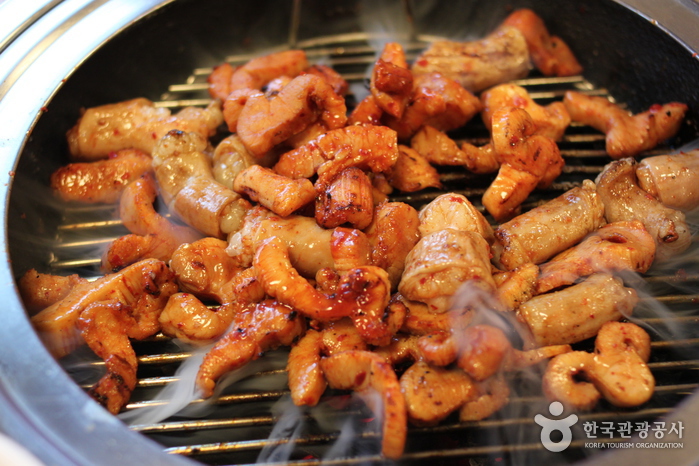
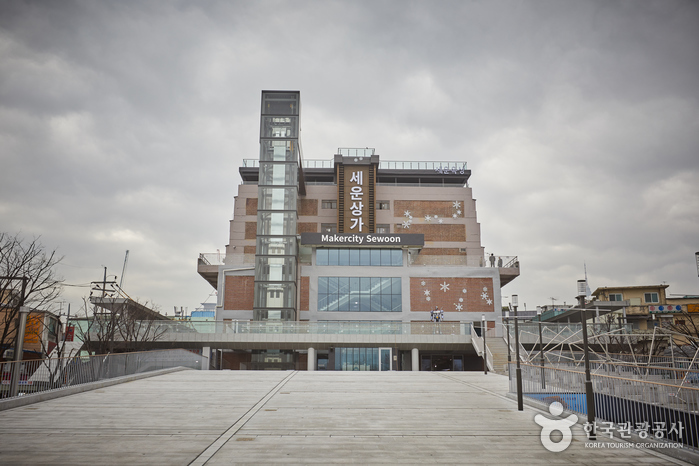
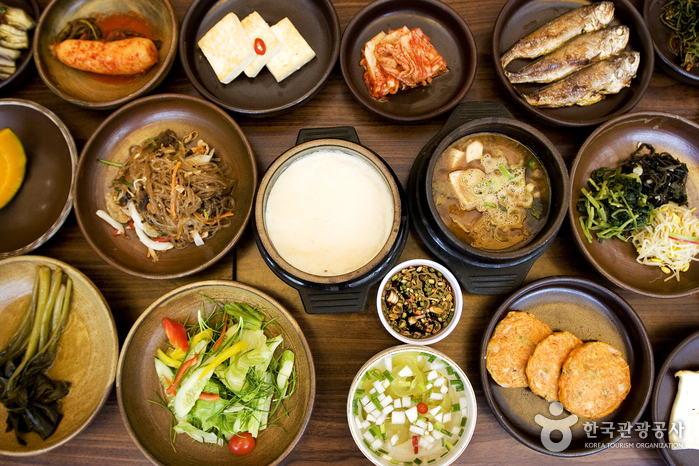
![Moonguesthouse [Korea Quality] / 문게스트하우스 [한국관광 품질인증]](http://tong.visitkorea.or.kr/cms/resource/09/2577509_image2_1.jpg)

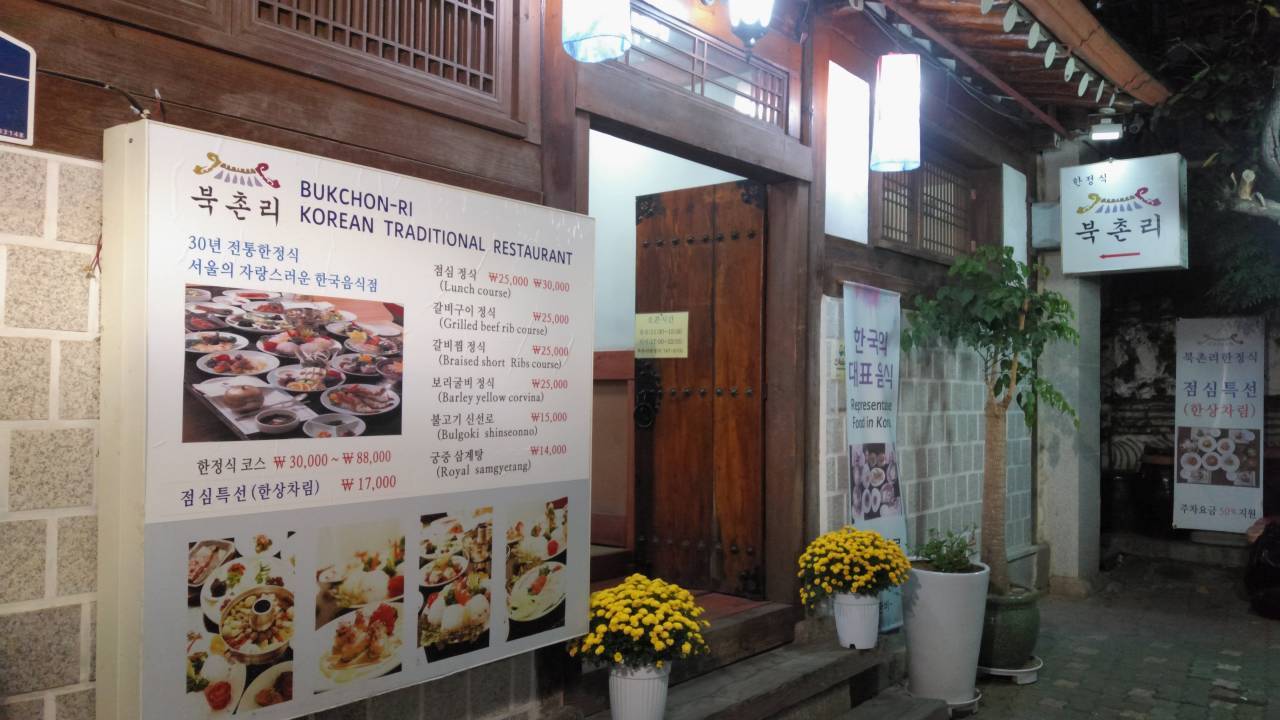
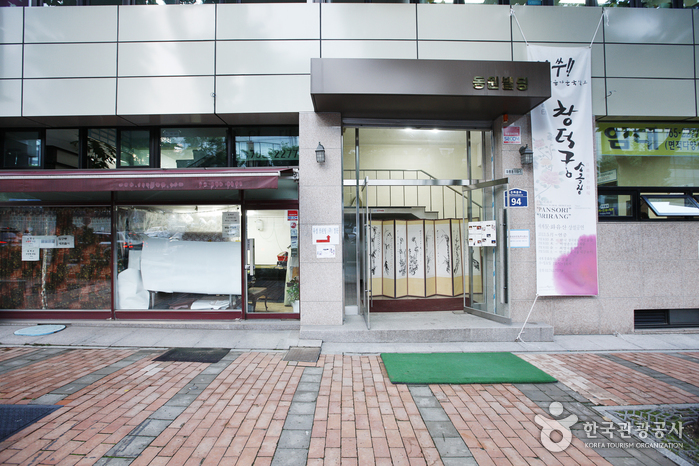
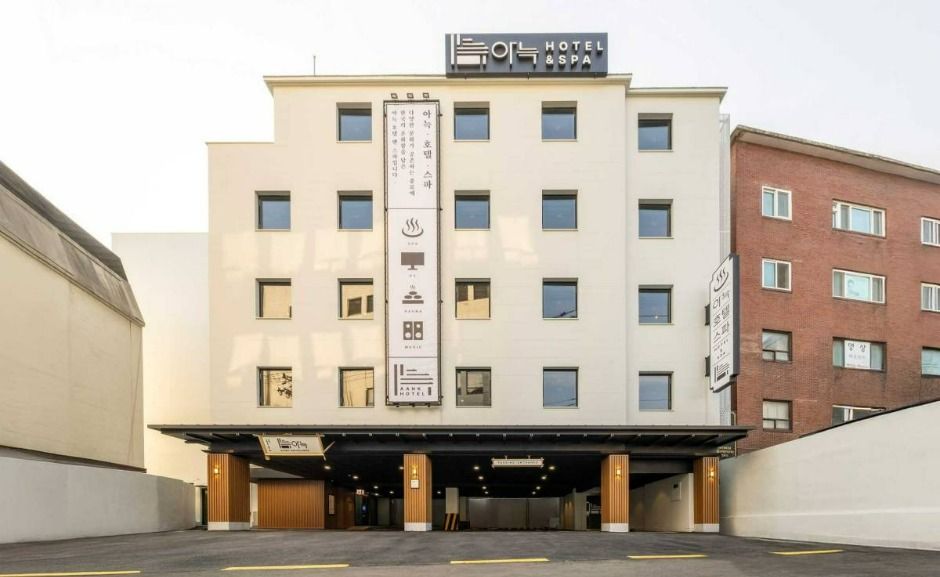
 Français
Français
 한국어
한국어 English
English 日本語
日本語 中文(简体)
中文(简体) Deutsch
Deutsch Español
Español Русский
Русский